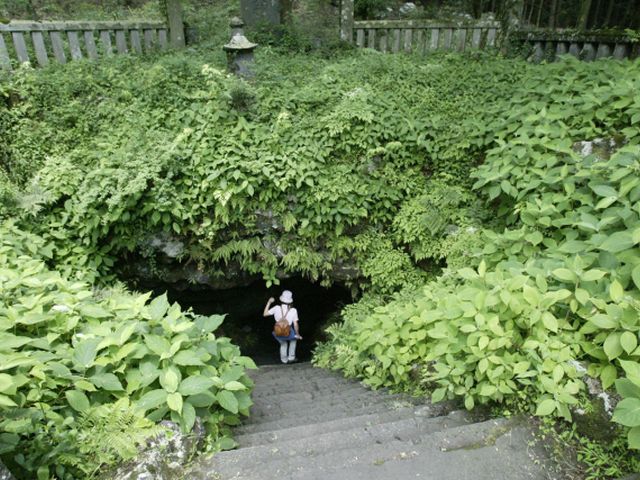
One of the lava caves created by the eruption of Fuji, the main cave is 1.5m high, 3m wide and 90m deep. There is a legend that a further thin hole extends from the innermost part, leading to Enoshima in Kanagawa Prefecture. In the Edo period, it was a sacred place that was also a place for the practice of the Mount Fuji faith, and the stone Buddha is still enshrined in the cave today. Please check the official website of Fujinomiya City for information on entering the cave. It will become a "constituent asset" of the Mount Fuji World Heritage Site in June, 2014.
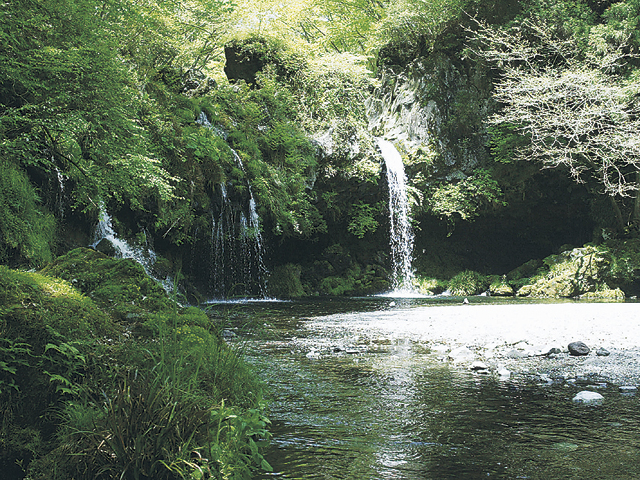
It is derived from Minamoto no Yoritomo's chancel during the winding hunting; it is a quiet cave spot, and it is unusual to be able to reach the immediate vicinity of the waterfall pot.
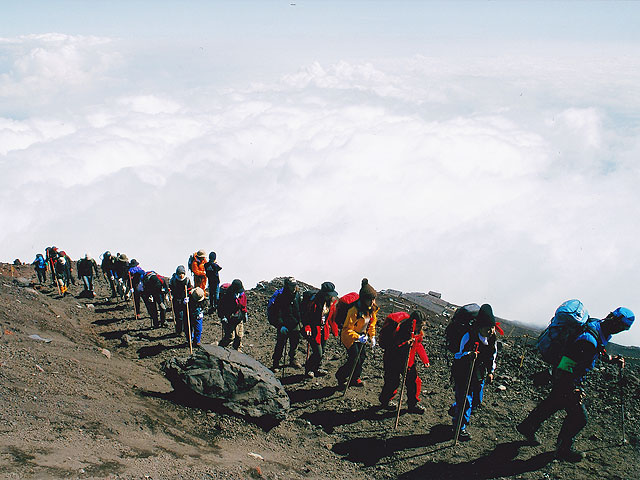
Fuji climbing route where you can enjoy a variety of landscapes such as green forest zones and alpine plants. Suiroguchi Gogo at the end of the Fuji Azami Line, which has a private car regulation during the climbing period, has an elevation of about 2000m. The Fuji Suiroguchi Information Center was opened, and there are also mountain huts at each station. It is a forest zone up to the vicinity of Shichiome, where it merges with the Yoshida Route at Hon-Yachime and heads to the summit. From the seventh station, the lower mountain becomes a gravel lower mountain road known as a "sand run", and the lower mountain can be lowered in a short time in a straight line. After the fifth joint, it becomes a forest zone. Except for the last season, there are few climbers and you can enjoy quiet climbing.
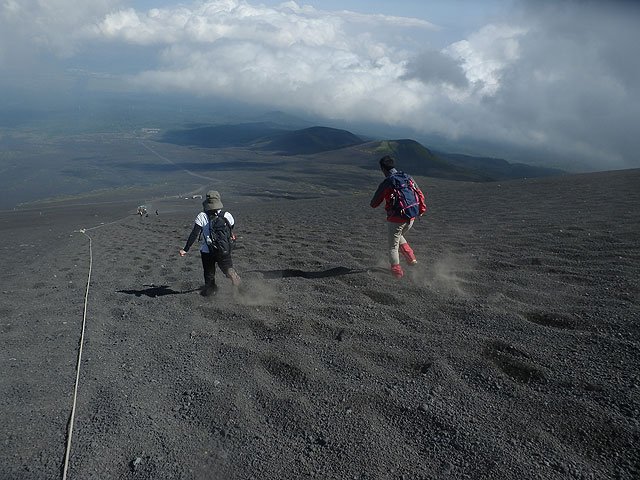
Among the Fuji climbing routes, the lowest elevation of the new fifth station, at an altitude of 1450m, is intended for good legs due to the long distance to the summit, but it is not crowded even on weekends and you can enjoy leisurely climbing. Climbing the volcanic gravel mountain road to the sixth station, you will meet the Hoagayama promenade that connects to the Fujinomiya route, so you can also visit the crater. Shimoyama is a dedicated road from the seventh station to Shimoyama, and the "Osago Running" from the sixth station offers a dynamic experience of Shimoyama. There are few mountain huts, but there are no traffic restrictions, and parking is vacant even in the most busy season. During the summer mountain period, the Mount Fuji Trail Station was opened in the New Fifth Go, where it will send climbing information and hold events.
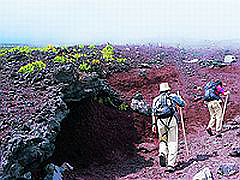
The Fujinomiya Exit Gogo, the terminus of the Mount Fuji Skyline, is at an elevation of about 2400m. The route is the shortest distance to the highest peak of Mount Fuji, Kengamine at an altitude of 3776m, on the Mount Fuji mountain trail. The number and capacity of mountain huts is the second largest after the Yoshitaguchi/Kawaguchiko Exit route. The mountain trail, Shimoyama Road, uses the same mountain path, and at the sixth station, you can stop at Hoagayama via the Hoagayama promenade to get to the Gotemba route. During the climbing period from July 10 to September 10, the Mount Fuji General Instruction Center was opened on the fifth station and the Mount Fuji Sanitation Center was opened on the eighth. Fuji Skyline has a private car regulation, so check in advance.
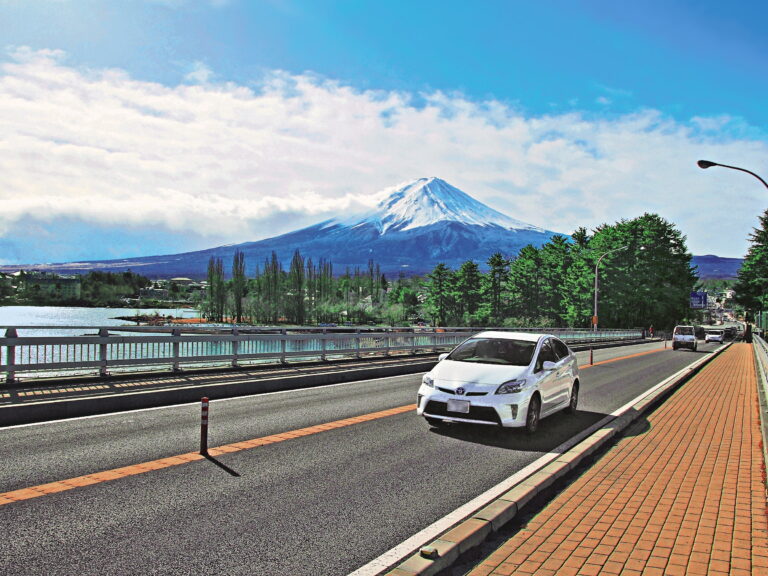
Mount Fuji is the highest conical volcano in Japan, straddling Shizuoka and Yamanashi prefectures. There is a former crater with a diameter of 780m known as a pot at the summit, and side volcanoes such as Mount Hoei and Mount Omuro on the mountainside. The highest peak is Kengamine at an altitude of 3776m, which is a corner of the outer crater wall. It has been revered as a sacred peak since ancient times because of its majestic beauty, and worship has been performed vigorously, such as the Fuji scheme in the Edo period as a sacred place of the faith of Mount Fuji. At present, Mt. Fuji, a country-designated special famous and historic site, and the Fuji Five Lakes at its foot, as well as ancient shrines related to mountain religion, are registered as World Heritage Sites "Mt. Fuji-Objects of Faith and Sources of Art", and during the opening period, Yoshida, Sudo, Gotemba, many climbers are visiting on the four climbing routes of Fujinomiya.
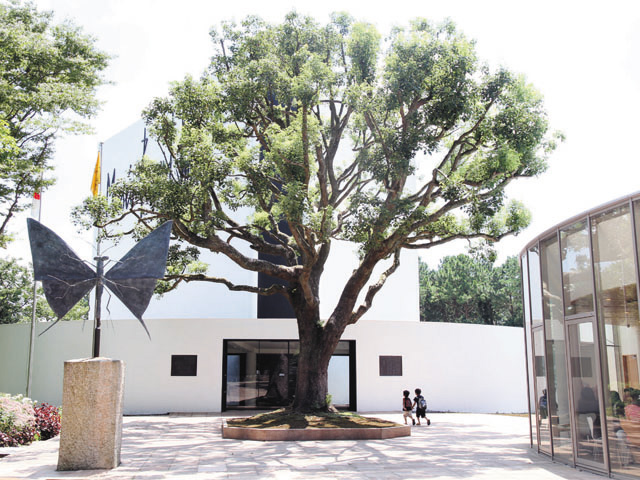
The museum, which houses and displays works by French painter Bernard Buffet, representing the post-war figurative art pit. It contains about 2000 works, including oil paintings, copper prints, lithographs, and watercolors, from the early years to the later years. In addition to the Museum of the Children of the Buffet, there is also a cafe and a museum shop.
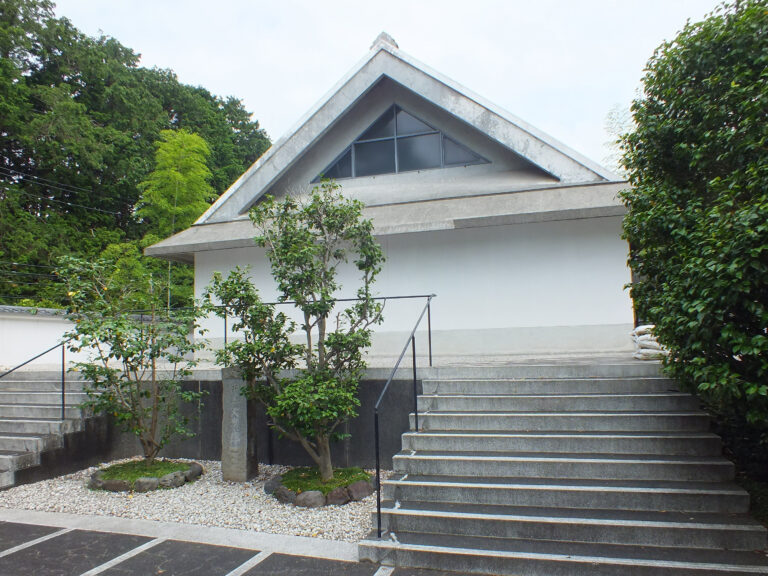
The facility on the Clematis Hill at the foot of Mount Ataka. In 1973, the museum opened as a private literature hall during the life of local writer Yasushi Inoue, and Inoue interacted with readers here. It holds and exhibits about 3000 pieces of material, including raw manuscripts and photographs of Inoue, books such as first-and limited-edition books, and a fountain pen, which kept recounting the growth of nature and human beings on the island of Amagi in Izu. On the second floor, there is a "Museum Library" where books can be read freely, and it also holds planned exhibitions and lectures. The Junwa-style building, which is surrounded by bamboo forests designed by Seishin Kikutake, the architect who laid the cornerstone of Japanese architecture, gives you a sense of Japanese emotion and peace of mind.
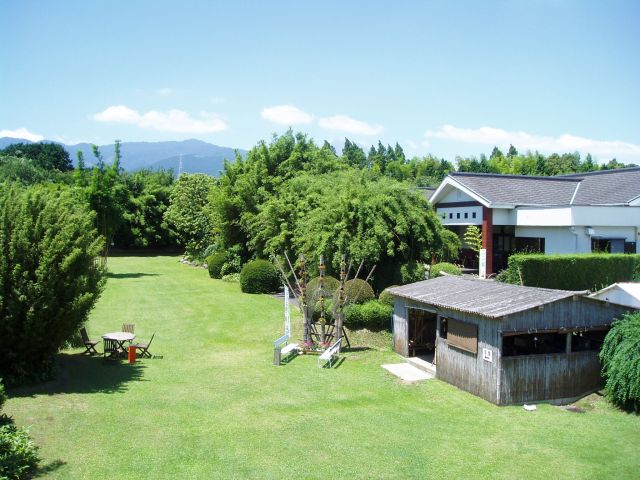
A botanical garden with rare world bamboo species, about 500 varieties, implanted on a site of about 40,000 sq m. Each of them makes a small forest in a large turf area. There is a museum in the center that displays research materials on bamboo and crafts made from bamboo. There is also a stand selling bamboo work products and bamboo seedlings. A journey of 1 hour and 30 minutes.
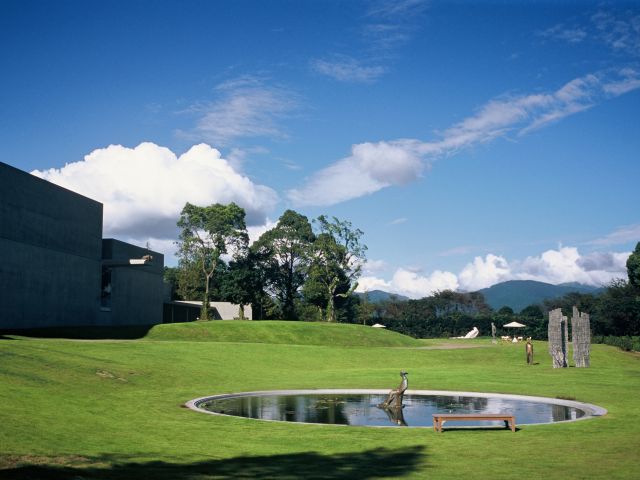
The complex, located in a hilly area at the foot of Mount Fuji, with a view. The facilities are dotted with museums, literature halls, restaurants, cafes and shops on the theme of flowers, art and food. Vange Sculpture Gardens The gardens, which are attached to the Museum of Art, enjoy clematis of various varieties throughout the year. It is a spot where you can walk around the beautiful garden, enjoy art, eat while feeling the delicious air, and enjoy a variety of ways.











